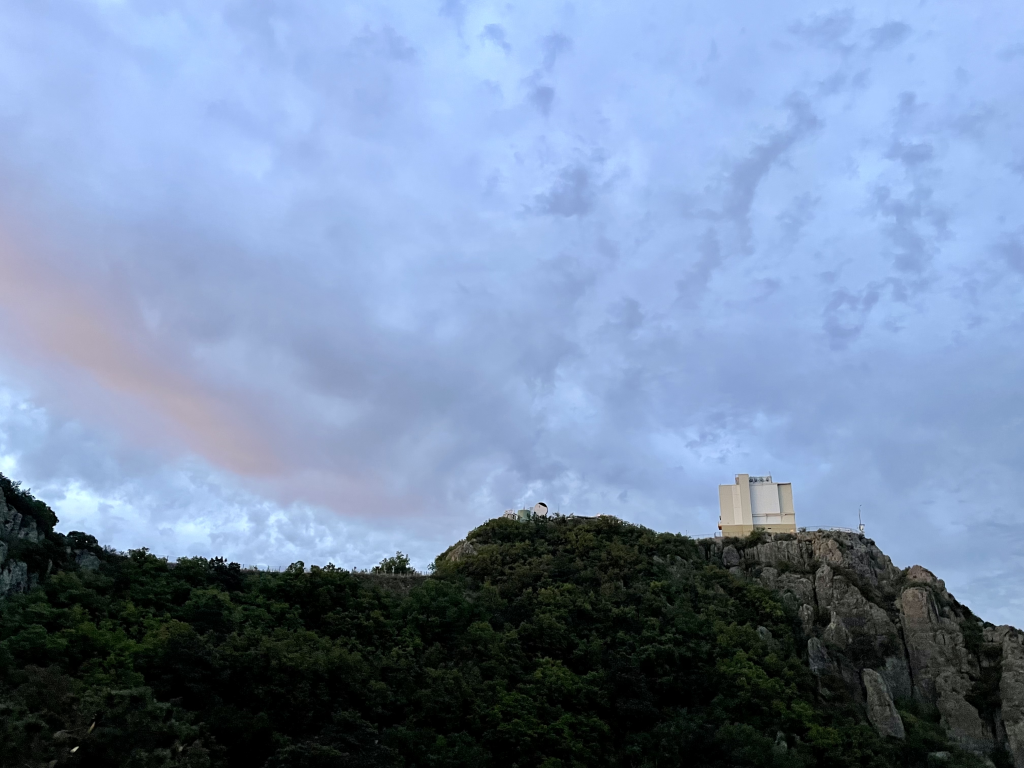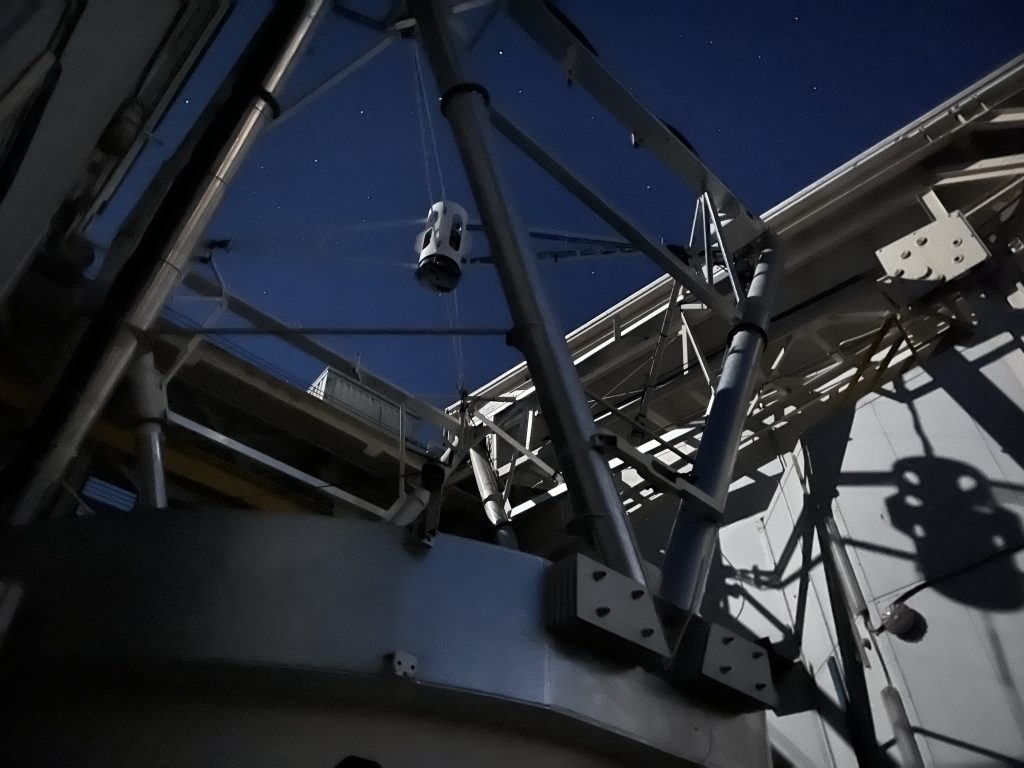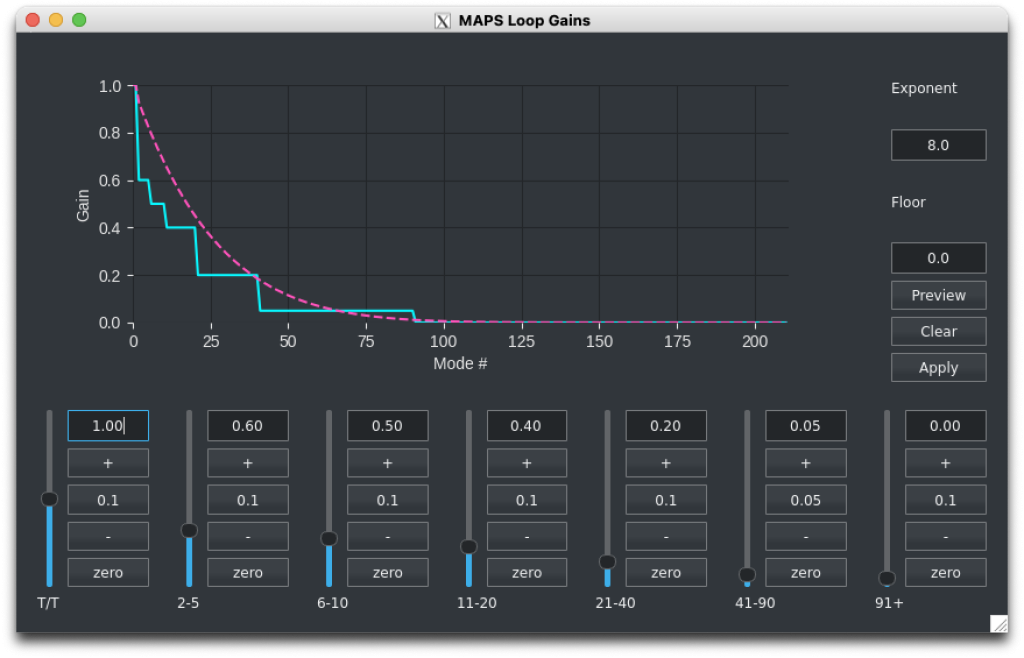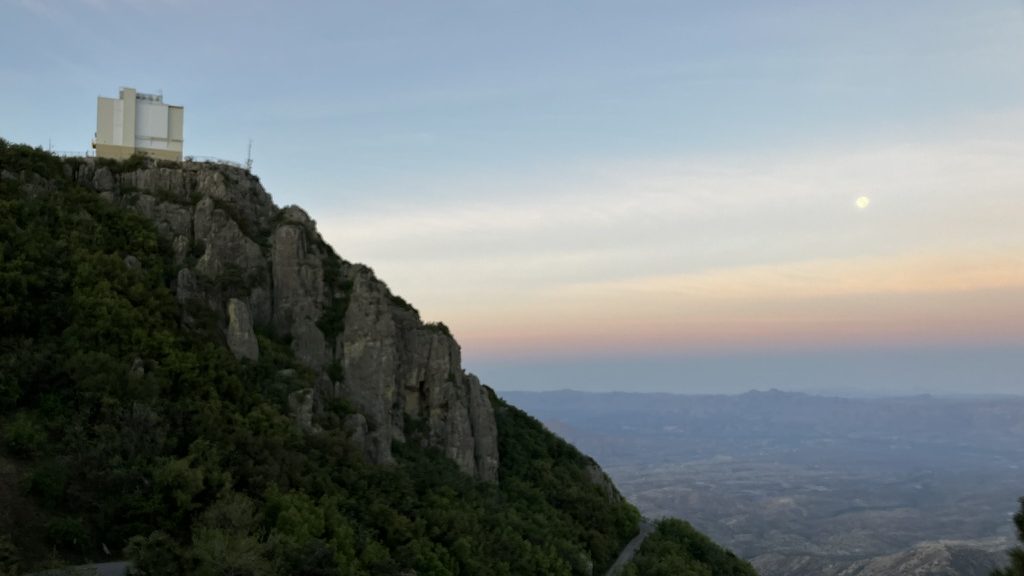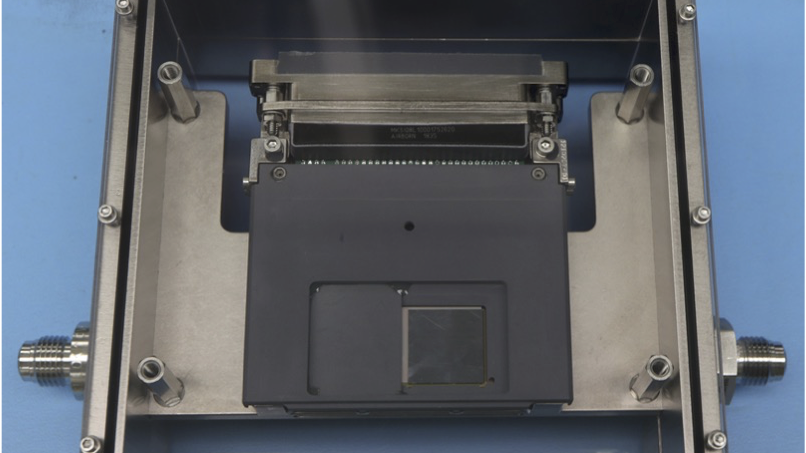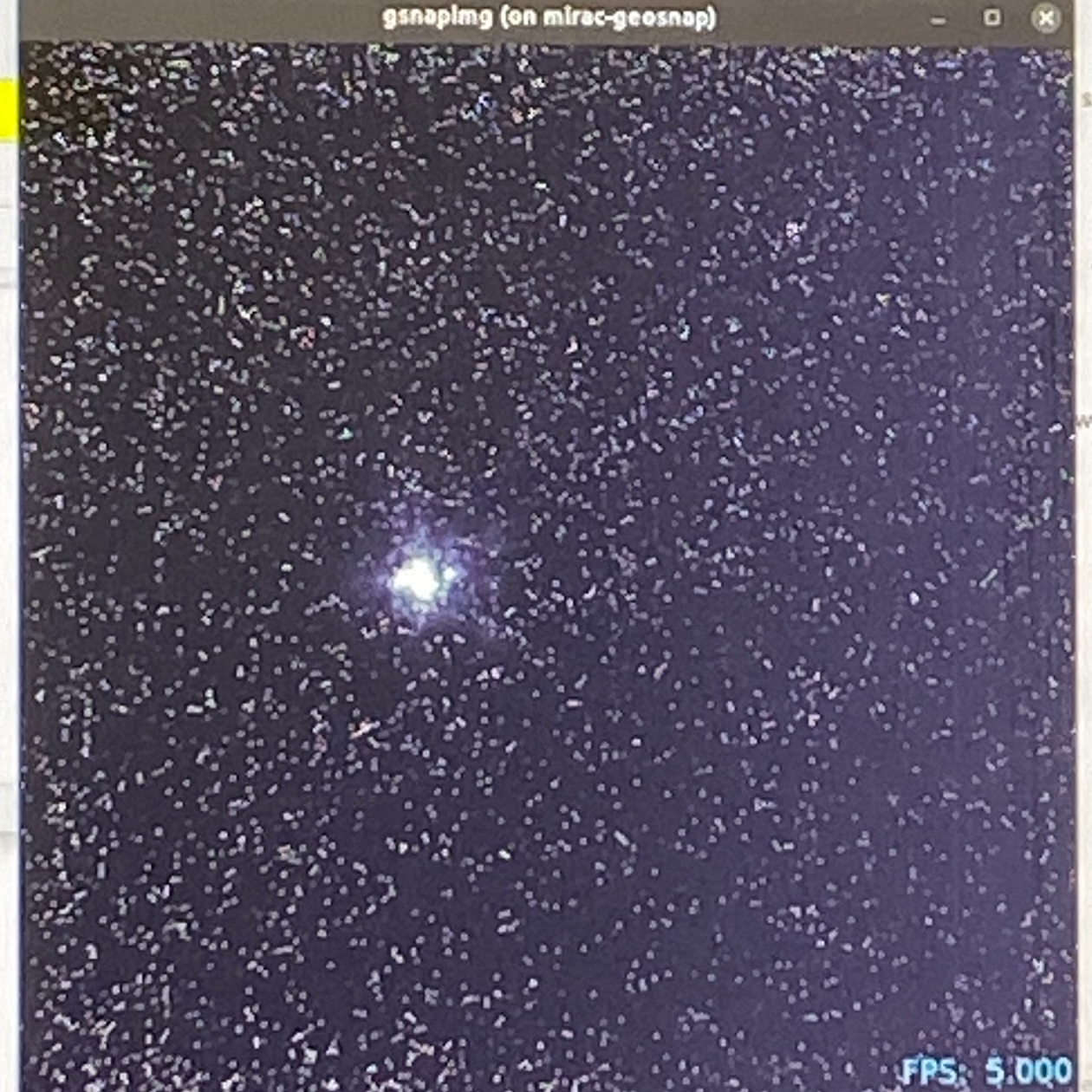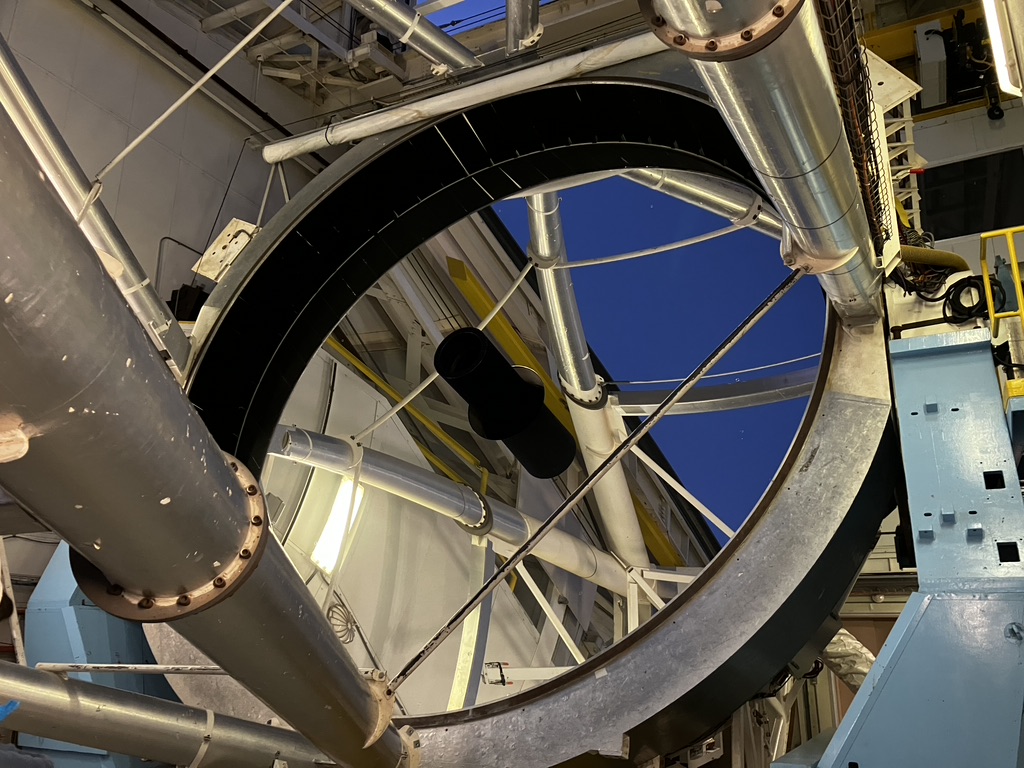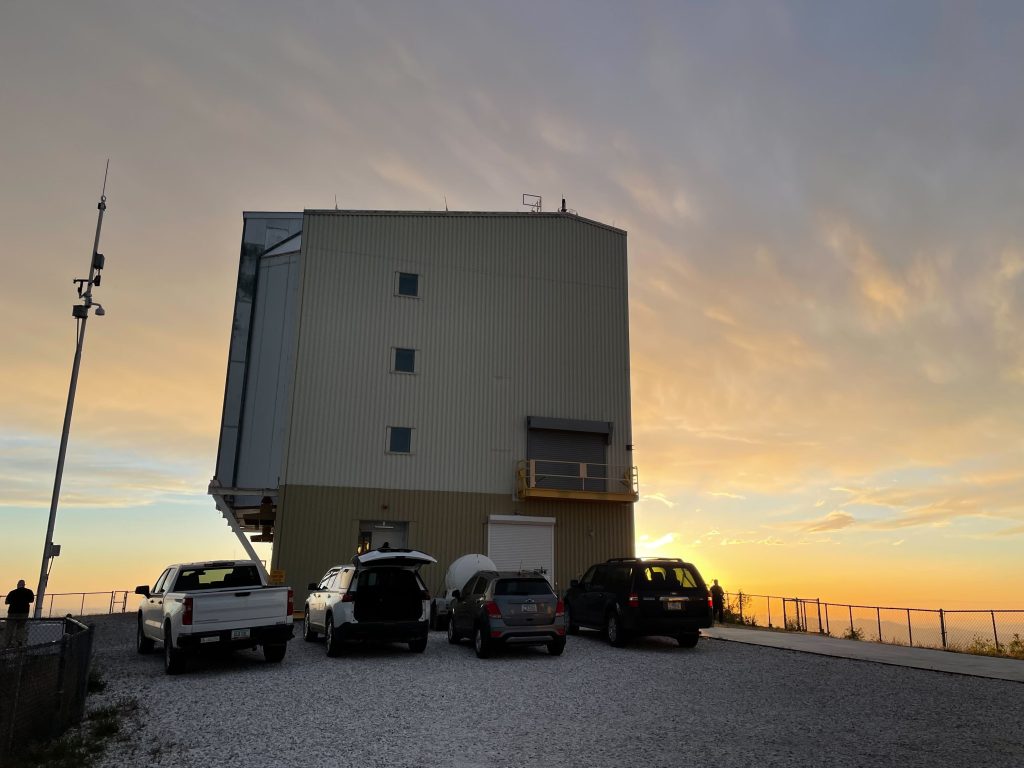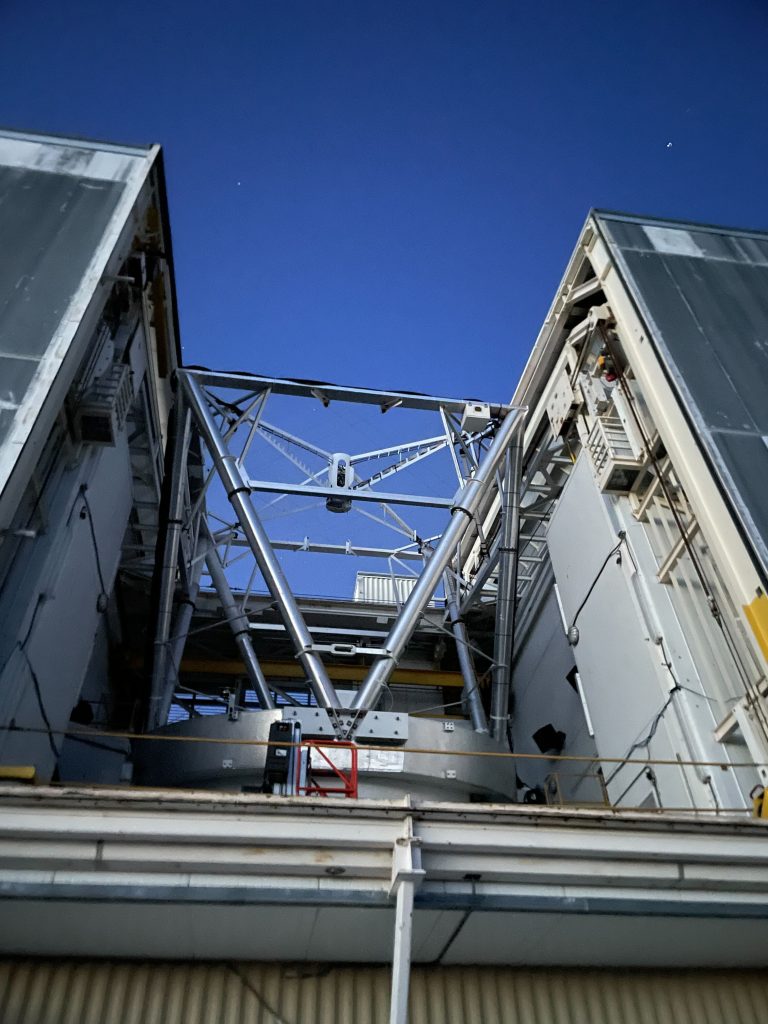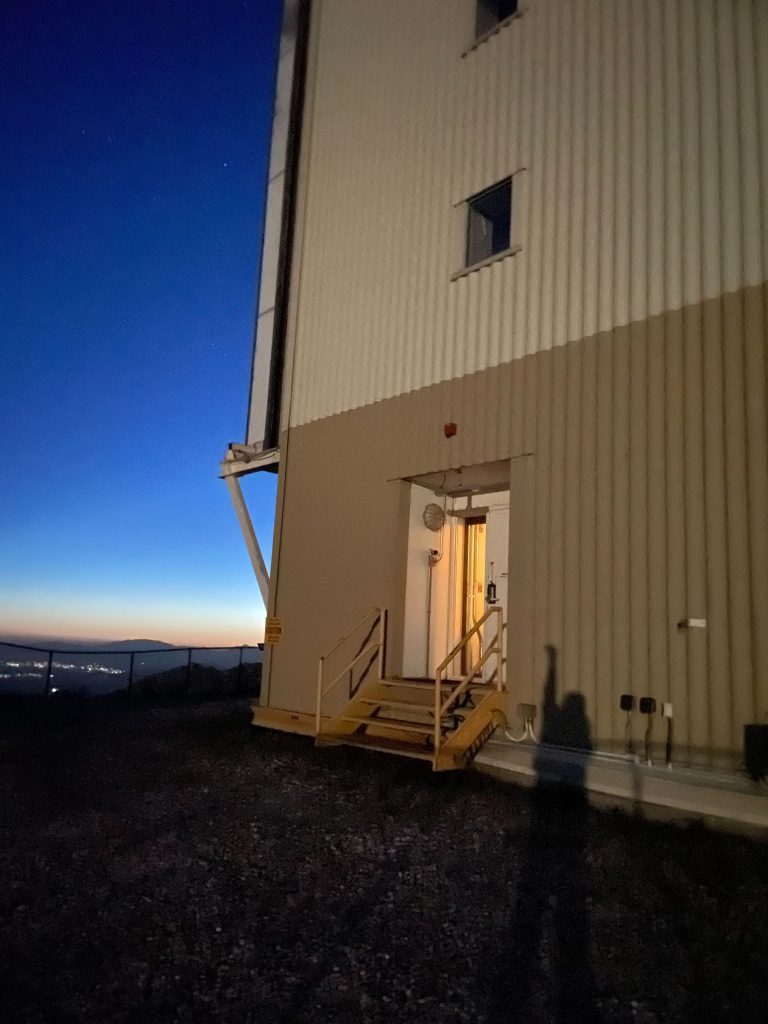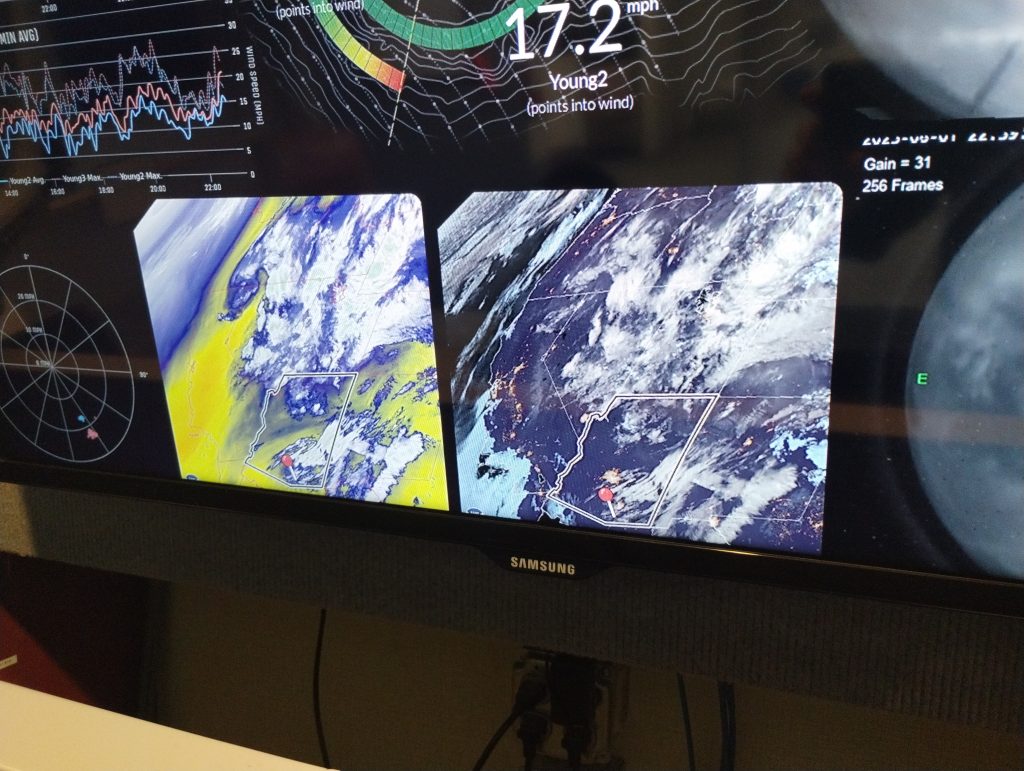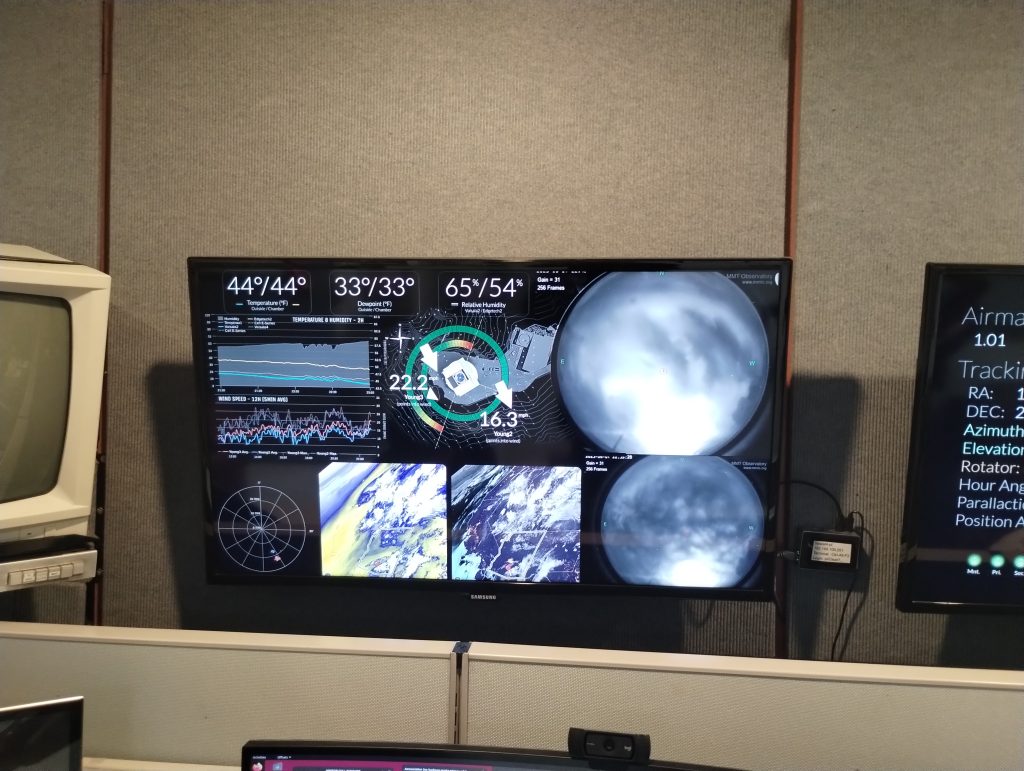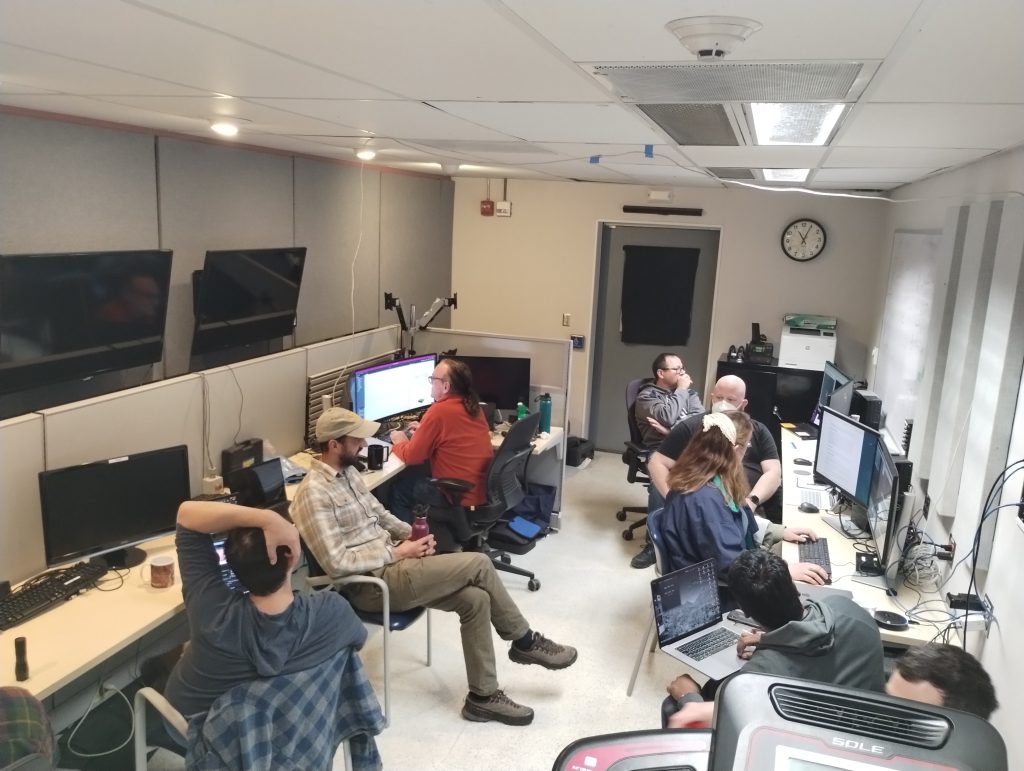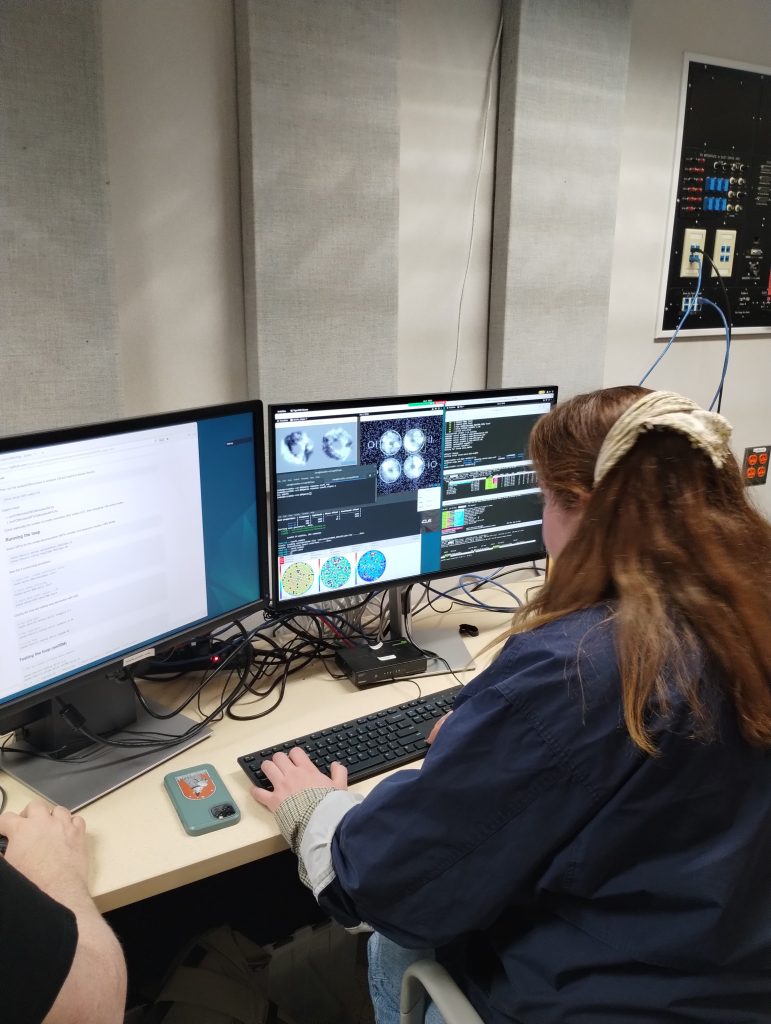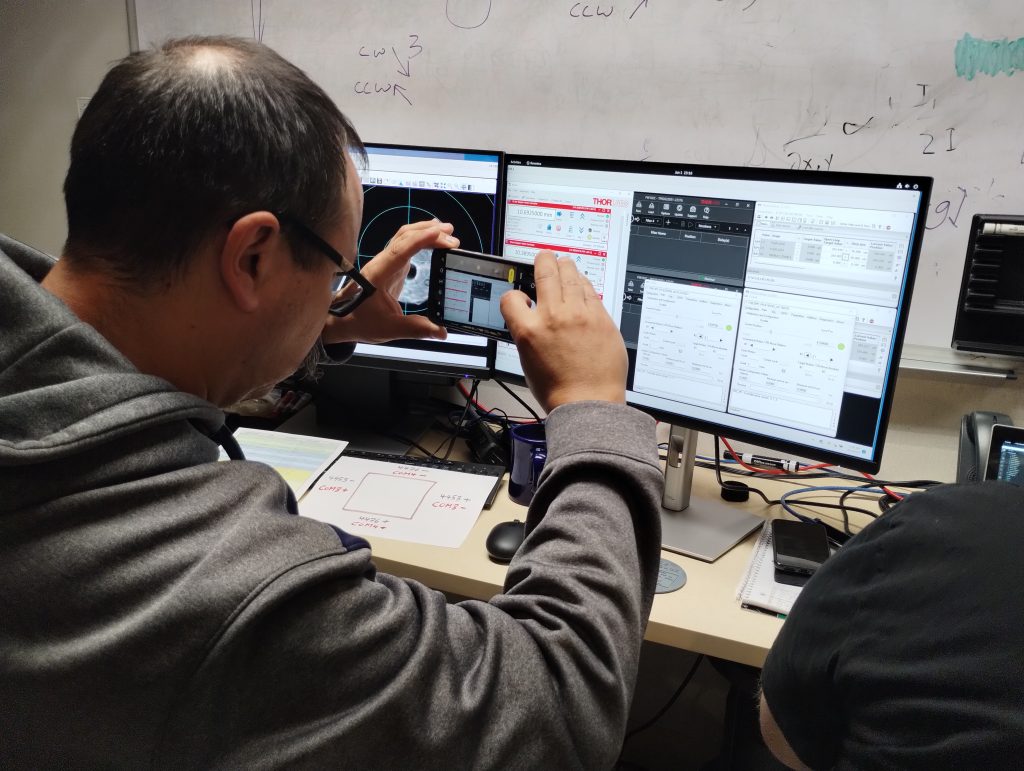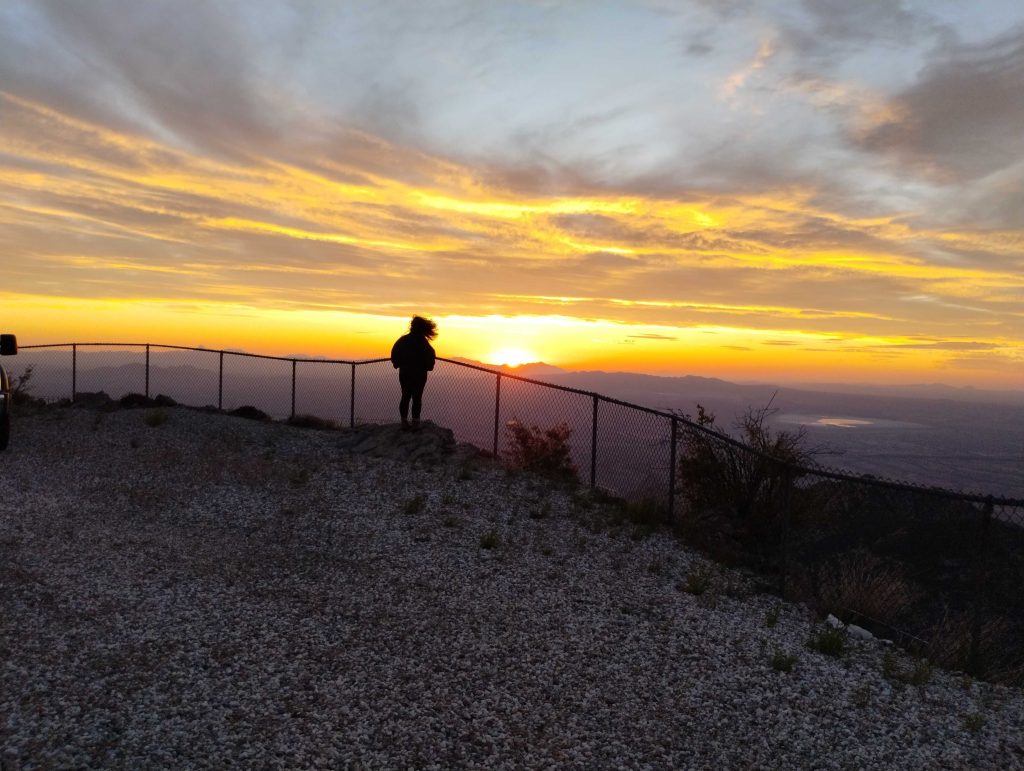
Well, the fun had to end sometime. This post marks the official end of the MAPS 2023A run, after a weather-ful last two nights.
One of the big perks of mountain observing in AZ, especially in June, is replacing the 100ºF highs of the valley with mountain temperatures of 40-60º. The first night, as we braved the bitter winds of civilian twilight for the MAPS team photo next to our colleagues with parkas and patagonias, Joseph and and I had the sinking thought that maybe our office-AC outer layers wouldn’t measure up. For the first few nights, we shivered through the few minutes we had to be outside and remembered the summer heat wistfully.
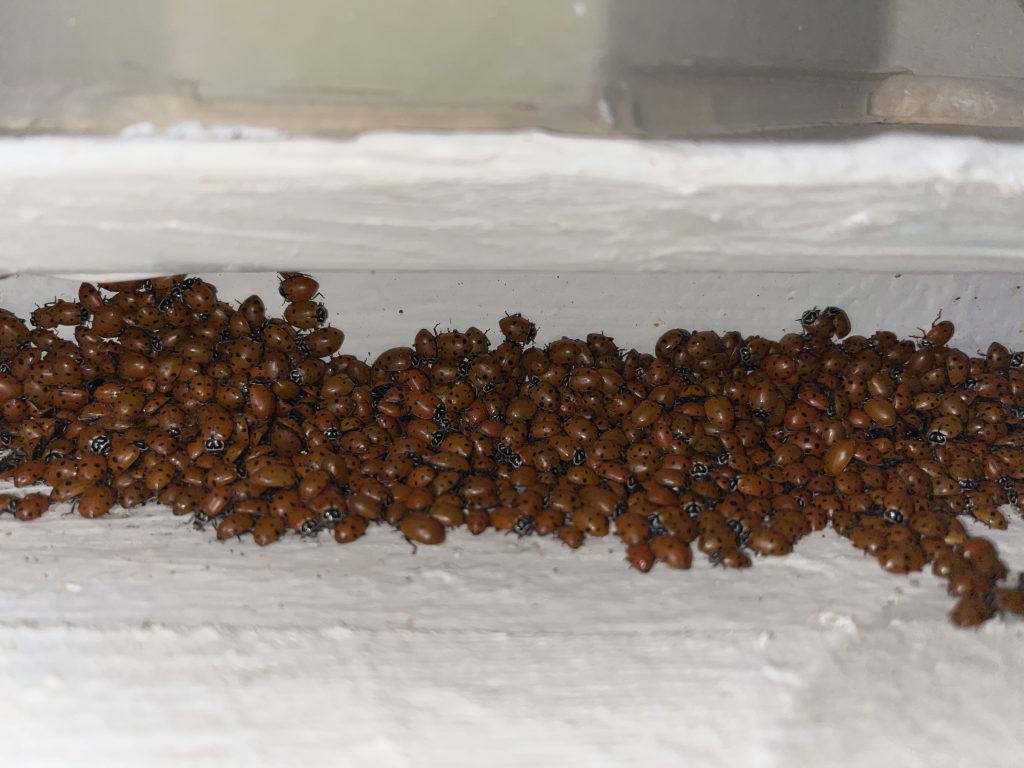
Careful what you wish for. After the chilly 50s of the first few nights, our second to last night we got hit with an uncharacteristically balmy and breeze-less front. Lovely for humans, but very bad for ASMs who need weather-based cooling. So yesterday, we spent a crystal clear night waiting on and off for a hot, crabby ASM with no wind to soothe it.
Tonight, however, the chilly breeze was back, and with it the clouds. We got a sunset so spectacular that the whole control room ran out to see it. Did I miss a green flash? Yes. Yes I did. Apparently I haven’t learned the proper technique even with weeks of observing at LCO.
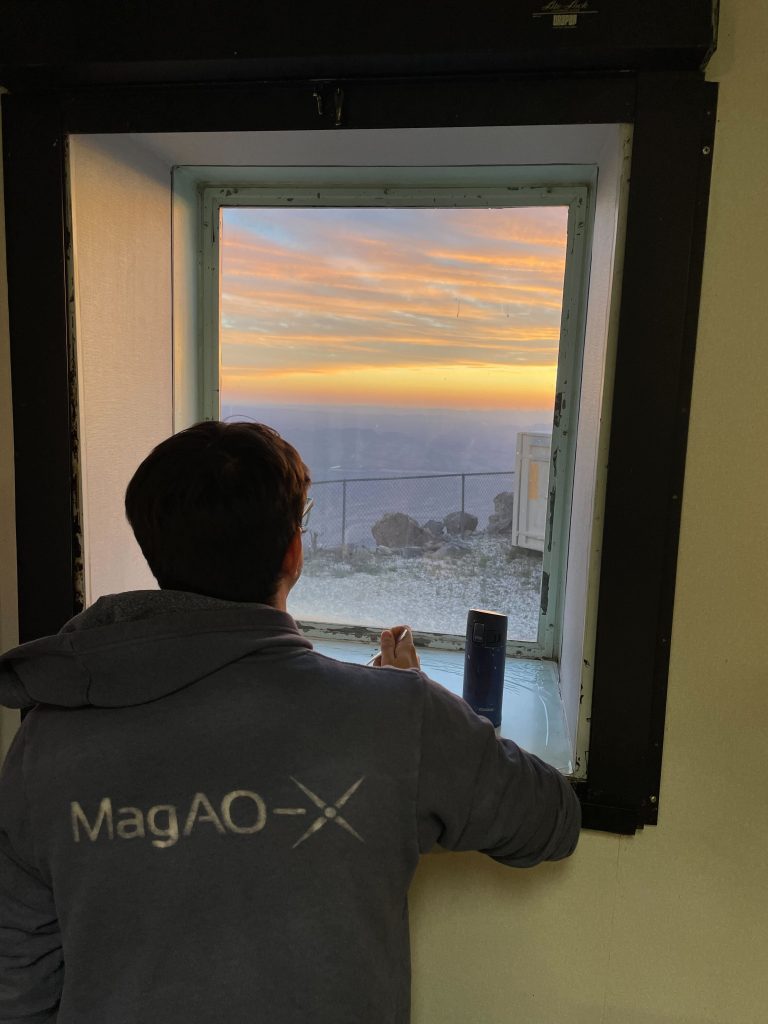
Though astronomers might love a good sunset, astronomy doesn’t like the clouds they can bring. We ended up being clouded out for a good portion of our final night, an anticlimactic way to end a week of speed-learning a CACAO system. As it became clear that the clouds weren’t going to clear out anytime soon, person by person the crew took off to bed, prepping for mountain-top departure in the morning. What was left by 3am was the skeleton crew, the bare minimum to keep everything running. Brian for the telescope, Jaren for the science camera, Manny for the ASM, Me for CACAO, and Joseph for morale.
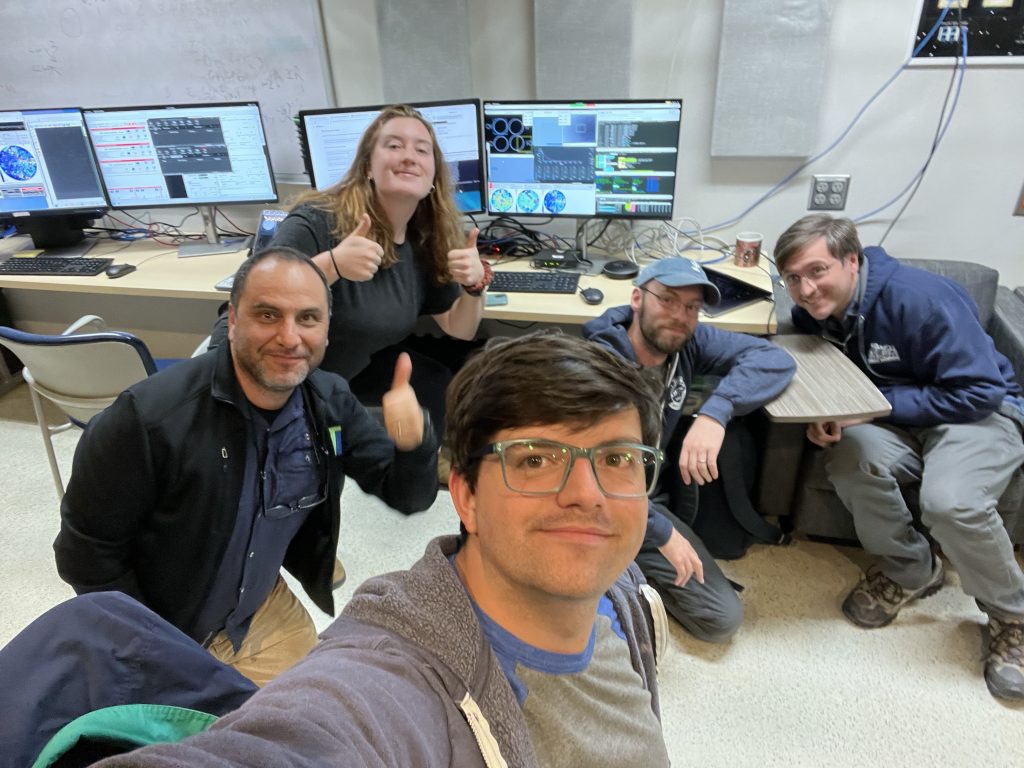
Though Joseph and I were last minute additions to MAPS and the learning curve was steep, it was such a privilege to be able to help with an AO system on such a historical telescope. One that has been on the forefront of segmented mirror alignment and Infrared science. Hope to see you soon MMT!
